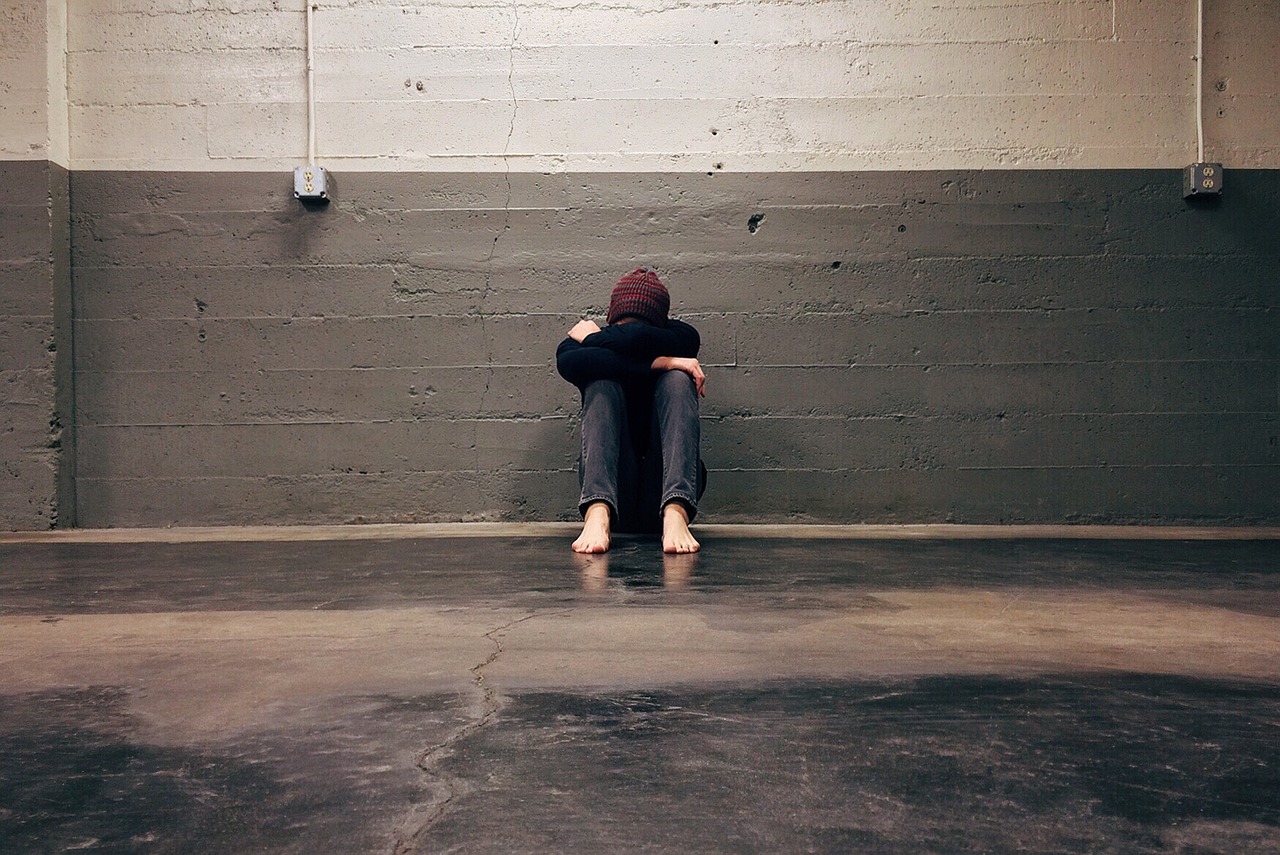By Dr Gwen Adshead
Consultant Forensic Psychiatrist and Psychotherapist
This article appears in our latest newsletter (Summer 2023) which can be downloaded here.
It is well established that a sub-group of young people persist in criminal rule breaking and violence from their late teens into their early twenties, which means that they may ‘graduate’ from youth custody into the adult estate.
There are also a smaller sub-group of young people who are detained in secure adolescent
psychiatric care (often as a result of severe self-harm as well as violence to others); and they may also graduate to adult secure hospital having been in institutions since childhood.
Studies of young offenders growing up in custody suggest that exposure to childhood adversity contributes to the risk of becoming not only a repeat offender but one who perpetrates severe violence (Baglivio et al 2014; Fox et al 2015).
But neuroplasticity continues into the second and third decade, which means that imprisonment itself can become a source of adversity which may exacerbate the neurobiological effects of early adversity and compound the lack of psychological security which is commonly found in violent offenders (Ogilvie et al 2014).
A recent paper by Zheng et al suggests that many years afterwards, early detention in young adulthood may increase the risk of later non-fatal violence including the use of firearms by young men (Zheng et al 2023).
The pubertal process is associated with rapid and wide ranging changes in neuronal networks; this process is complex enough in securely attached young adults but is likely to be distorted by exposure to trauma and adversity in prison, such as bullying, fear, loneliness and further substance misuse. The provision of education, which is a protective factor in terms of attachment security and psychosocial development, is still, sadly ,falls short of the need.
We need a three – part approach to caring for young adults in prison:
First, psychiatrists need to get used to dimensional concepts around both personality disorder and psychotic symptoms, and embrace the alternative model to personality disorder diagnosis set out in DSM5.
Secondly, we need to be supporting more group therapies of different kinds which allow young people to attach to a prosocial group, and learn to take their own minds seriously.
Thirdly, we need to help young adults in prison take an interest in keeping themselves safe, by teaching them to be compassionate towards their own distress.
Mentalising approaches to support for both prisoners and staff can help people to understand why they have chosen dysfunctional ways of managing distress in the past; and how they can care for themselves better. This means that all mental health professionals need to be able to offer person centred and reflective care, that might offer a psychological ‘secure base’ for recovery and rehabilitation.
Research can transform lives. We want to support discoveries about what helps people with mental disorder who have been victims of criminal behaviour, or perpetrators of criminal behaviour, and their families, and the clinicians and others who treat them and, indeed, the wider community when its members are in contact with these problems. More effective prevention is the ideal, when this is not possible, we need more effective, evidenced interventions for recovery and restoration of safety.
Please help us by donating to Crime In Mind – DONATE TO CRIME IN MIND HERE
References:
Baglivio, M.T., Epps, N., Swartz, K., Huq, M.S., Sheer, A. and Hardt, N.S., 2014. The prevalence of adverse childhood experiences (ACE) in the lives of juvenile offenders. Journal of juvenile justice, 3(2).
Fox, B.H., Perez, N., Cass, E., Baglivio, M.T. and Epps, N., 2015. Trauma changes everything: Examining the relationship between adverse childhood experiences and serious, violent and chronic juvenile offenders. Child abuse & neglect, 46, pp.163-173.
Ogilvie, C.A., Newman, E., Todd, L. and Peck, D., 2014. Attachment & violent offending: A meta-analysis. Aggression and violent behavior, 19(4), pp.322-339.
Zheng N., Abram, K., Wel., L (et al (2023) Firearm Injury and Mortality in High-risk Youths and Young Adults 25 Years After Detention . JAMA Network Open. 2023;6(4):e238902. doi:10.1001/jamanetworkopen.2023.8902 (Reprinted)

